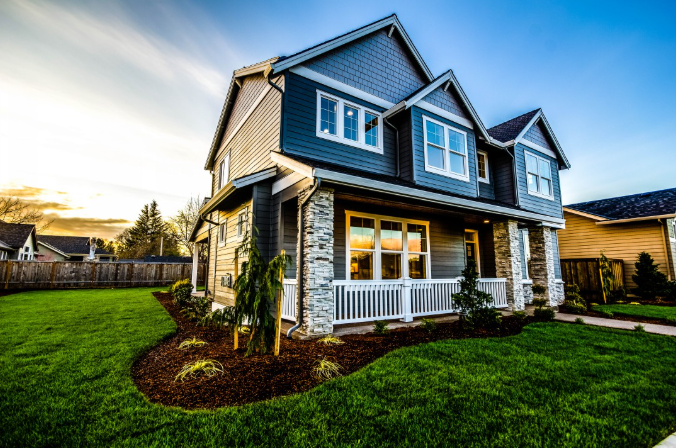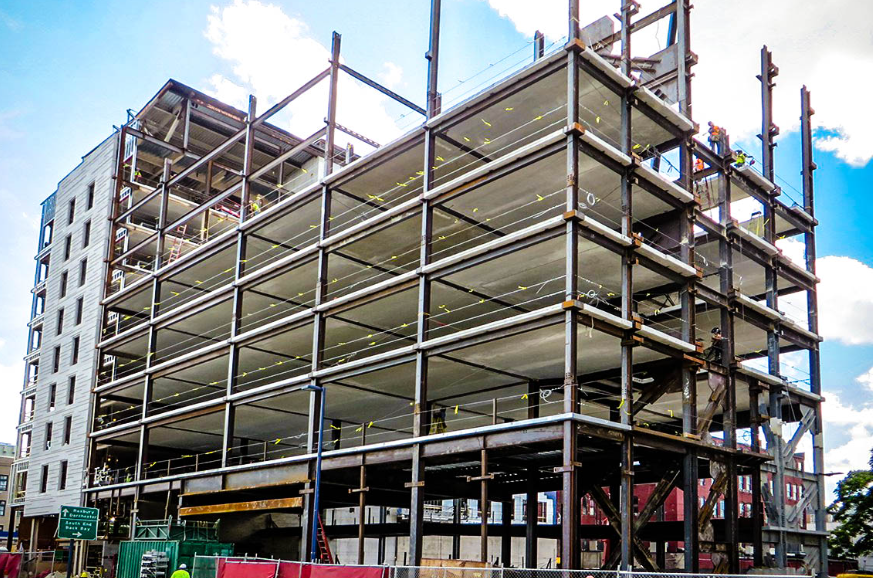Tips for Choosing Windows and Doors for Steel Structure Houses
Most steel structure houses feature large window areas and are often located in high-rise buildings. Therefore, when selecting plastic-steel profiles, national regulations stipulate that the wall thickness should be greater than 2.5 millimeters. It is important to check for a multi-cavity structure, including drainage, isolation, and reinforcement cavities, to ensure that the windows are resistant to deformation and aging. Secondly, hardware accessories should be selected for their excellent performance and smooth opening and closing.

High-quality plastic-steel windows and doors should be combined with window design to enhance the comfort of residents. For example, for residences located in noisy downtown areas, it is best to choose plastic-steel casement windows with hollow glass, which offer excellent sealing, thermal insulation, and sound insulation. Another example is designing window types based on specific needs in terms of hardness. When designing window types, the principles of performance, applicability, and aesthetics should be followed.
Windows are an important part of steel structure buildings and should have the same lifespan as the building. Choosing good windows and doors is also a good guarantee of living quality.
Choosing Window Types Suitable for Spatial Design:
There are many types of windows, each with different design features and characteristics. When selecting, it is best to base your choice on practical needs and make complementary choices to save costs.
Casement Windows: These are the most widely used windows and come in two types: outward-opening and inward-opening. Inward-opening windows are convenient for cleaning, but they occupy indoor space when open and may cause head injuries or inward water leakage during rainy days. Outward-opening sashes have good waterproof performance and do not occupy indoor space when closed, but they require strong hardware accessories during bad weather. Casement windows have good airtightness and sealing performance, and the sashes can be fully opened for ventilation. They have a simple structure, but the cost of hardware accessories is relatively high, making them more expensive.

Sliding Windows: Sliding windows have the advantage of not occupying indoor space. They are aesthetically pleasing, economical in price, and have general sealing performance. With high-quality sliding tracks, they can be closed smoothly with a gentle push. When paired with large glass panes, they increase indoor lighting and offer a panoramic view of the building's appearance, enhancing the aesthetic appeal and quality of life.



